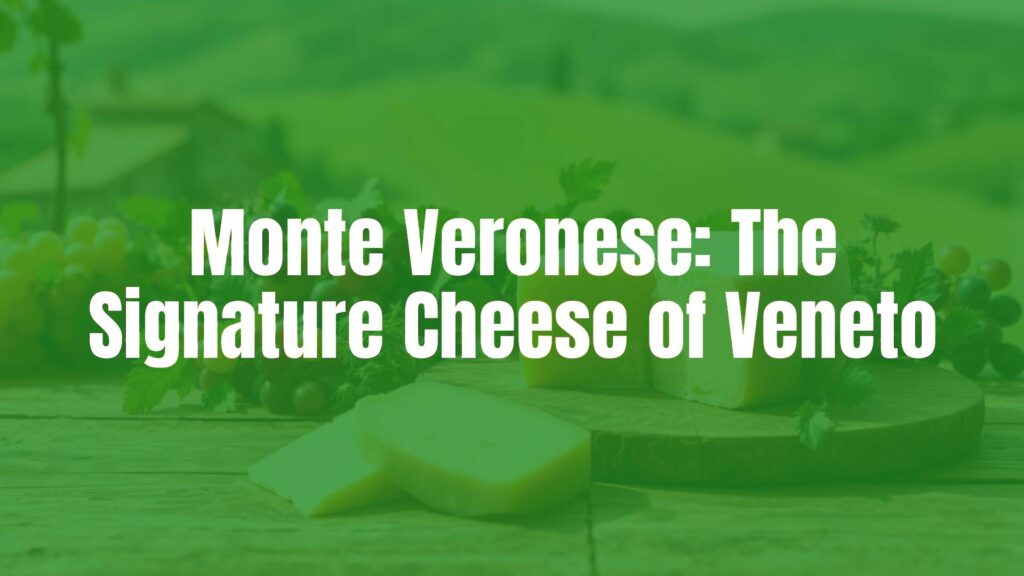Introduction to Monte Veronese
Monte Veronese stands as one of the most distinctive cheeses from Italy’s Veneto region. Crafted in the lush, rolling hills around Verona, this cow’s milk cheese boasts a Protected Designation of Origin (PDO) status, affirming its deep connection to its geographical roots. Appreciated for its subtle flavors and versatile character, Monte Veronese is an emblem of tradition and rural craftsmanship in northern Italy.
Defining Features
Monte Veronese is characterized by its cylindrical shape, pale yellow rind, and smooth, elastic paste. It is produced in two recognized forms: Monte Veronese Latte Intero (from whole milk) and Monte Veronese d’Allevo (from partially skimmed milk). The former is typically enjoyed young, within 60 days, offering a delicate, milky, and slightly sweet flavor. The latter is matured for up to two years, developing a firmer texture and more pronounced, nutty flavors, with some hints of herbs from the cows’ alpine diet.
Historical Background
The origins of Monte Veronese date back to at least the 12th century, when it was first crafted by cheesemakers in the Lessini Mountains. Centuries of pastoral tradition have preserved its character, with production techniques passed from generation to generation. The name itself—”Monte Veronese”—refers both to the mountainous terrain of origin and the nearby city of Verona that lends its name and ongoing culinary influence.
Traditional Production Practices
The cheese is made from raw or pasteurized cow’s milk, sourced primarily from breeds adapted to grazing on high-altitude pastures. The unique botanical diversity of the local meadows enriches the milk, imparting subtle floral and herbal notes to the finished cheese. Curdling occurs using natural calf rennet, and curds are pressed into molds before a period of aging that varies depending on the style. This artisanal approach ensures each wheel reflects both seasonal changes and the expertise of its cheesemaker.
Cultural Significance and Enjoyment
Monte Veronese is more than a staple food; it represents the agricultural heritage and communal pride of the Lessini and Veronese areas. Local festivals often feature the cheese as a focal point, and it is a regular presence on both rustic farmhouse tables and fine-dining menus throughout Veneto. Its PDO status protects traditional methods and supports rural communities by promoting regional identity and sustainable dairy farming.
Culinary Uses and Pairings
This cheese’s versatility is a key part of its appeal. The young version is ideally enjoyed as part of an antipasto platter, accompanied by crusty breads, seasonal fruits, or cured meats. Its gentle character pairs beautifully with delicate white wines from the region such as Soave or Lugana. The mature “d’Allevo” type can be grated over pasta, risotto, or vegetable soups, where it contributes a savory depth. For a truly local experience, try it with polenta or alongside red Valpolicella wines.
Serving Tips and Enjoyment
Monte Veronese is best served at room temperature to allow its subtle flavors to emerge fully. For a refined snack, pair slices with honey, walnuts, or garden-fresh tomatoes. The cheese can also elevate salads, baked dishes, or act as a flavorful ingredient in filled pastas. Savoring Monte Veronese means tasting centuries of Veneto’s rich dairying tradition in every bite.

